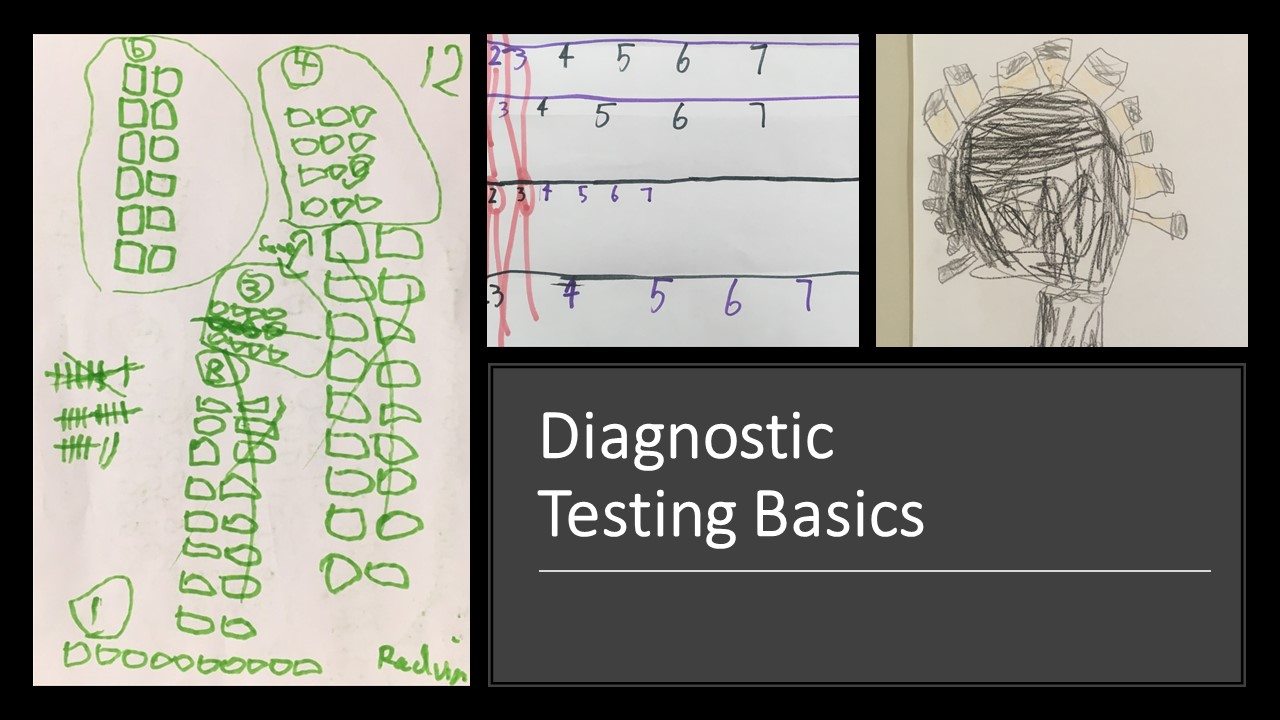
Formative assessment, developmental stages and starting the year well
The goal of formative assessment should always be to find out what each student NEEDS next, rather than focusing

While fluency is not the be all and end all of maths, having a bank of known facts and strategies that you can use efficiently, accurately, appropriate and flexibly is definitely an asset!
Here are some principles to keep in mind as well as a few really simple strategies to improve your students’ fluency.

We usually teach in a fairly linear fashion – one topic follows the next. This means that kids often don’t touch on topics for months at a stretch, leaving plenty of time for skills to go rusty and memories to decay. Recent research by John Ley showed that students were more engaged, confident, less stressed and had higher academic performance with one change to a traditional lesson: teachers asked students five questions from different topics within the curriculum at the beginning of every maths lesson, rather than sticking with a single topic for a unit. The first four questions focused on procedural fluency (a question from yesterday, last week, last month and next week), and the fifth question required problem solving. Remember to check out the interleaved and spaced practise questions in our AC9.0 lessons bank for each year level.
Begin each lesson with four questions covering different topics:
Alternatively, try using our interleaved and spaced practise questions for half an hour each week with a partner. Provide the answers to prevent anxiety, and let kids use them to work backwards and figure out how to answer the question. Focus on the strategy and working, rather than the answer.

Rather than spending long stretches of time practicing procedures, try using only a few questions but then coming back to them often throughout the day. We often have lots of tiny pockets of somewhat wasted time in primary schools that can be really useful for fluency such as lining up or marking the roll. Here’s a great article on how to make best use of this time and buy yourself an entire hour of teaching time in a week.

A formula that can be used for only one procedure is a terrible formula! Most mathematical formulae are based on underlying connections and can therefore be applied in many different situations.
For example, why teach Area = Length x Width when using Base x Height instead allows the formula to be easily adapted to triangles, parallelograms and trapeziums? For that matter, why not teach area when we are already teaching the use of arrays to multiply and divide numbers?
Think of three different topics or types of questions that relate to the once underlying concept. Teach all of them at the same time and make the connections explicit.

Storing information for ease of retrieval later is built differently to the initial learning phase. To do this we need to build a “retrieval bond” at a different point in time, generally after we have forgotten the original learning. Basically, leave a gap after the initial teaching, then come back at a later time and ask students a question that requires them to retrieve that information from their memory. When the brain has to work hard to retrieve the information, it stores it in a way that is easier to get to next time. Think: “I had to do that work a second time! I’m not forgetting that one again!” The harder our brains have to work a second time, the stronger the retrieval bond.
For more ideas on how to build fluency you might like to check out this article on my Top Ten Rotation Group Activities and download the templates to make your own games.
Website subscribers have access to 20 or so spaced and interleaved retrieval practise sets to use for each of years 1-6.

The goal of formative assessment should always be to find out what each student NEEDS next, rather than focusing
Recently I’ve been pondering findings from a major report into Australian schooling that kids who are struggling in maths by
As term 4 is upon us many teachers are struggling with how to get everything done. Realistically, now is the
You may have noticed that kids have a few issues with fractions… but it can be tricky to understand what

The successfulness of any intervention is largely dependent on matching the strategies selected to the needs of the students and

The problem: Many teachers that I have met think that modelling means either: “showing kids how to solve a problem”,

KENNEDY PRESS PTY LTD
FOR ALL ENQUIRIES, ORDERS AND TO ARRANGE PD:
© COPYRIGHT 2024 KENNEDY PRESS PTY LTD ALL RIGHTS RESERVED TERMS & CONDITIONS